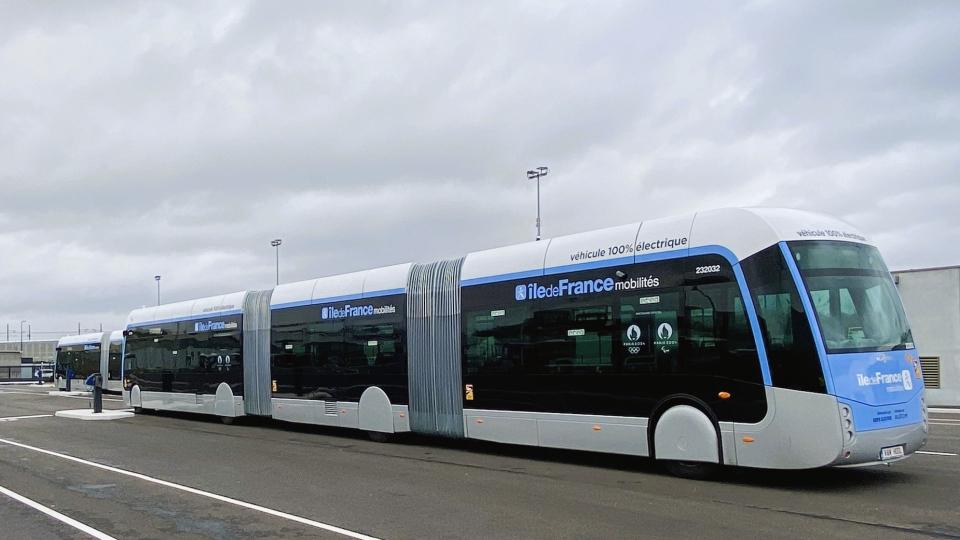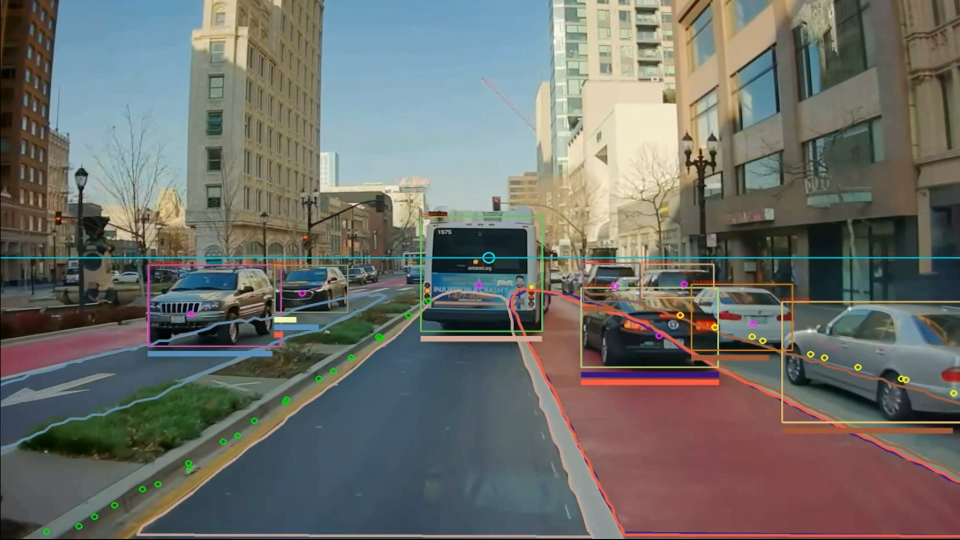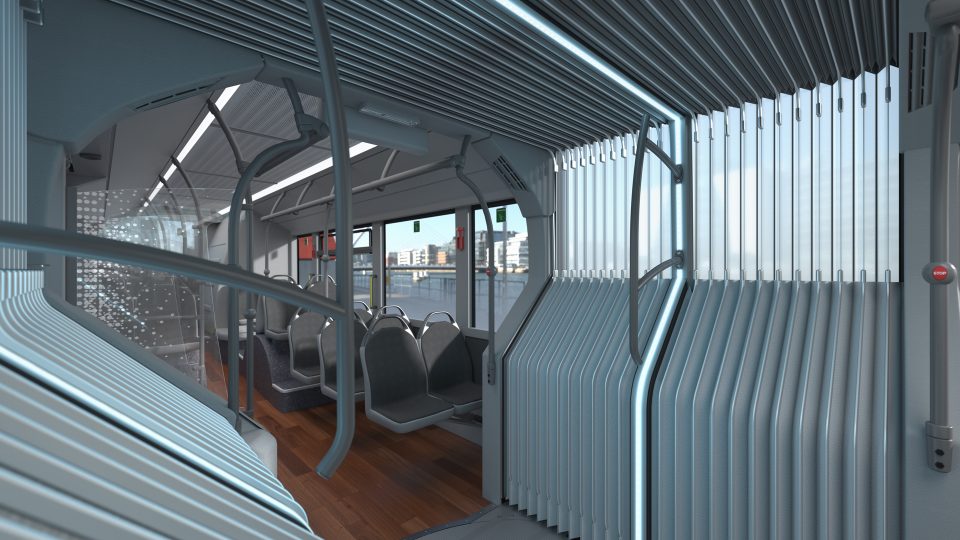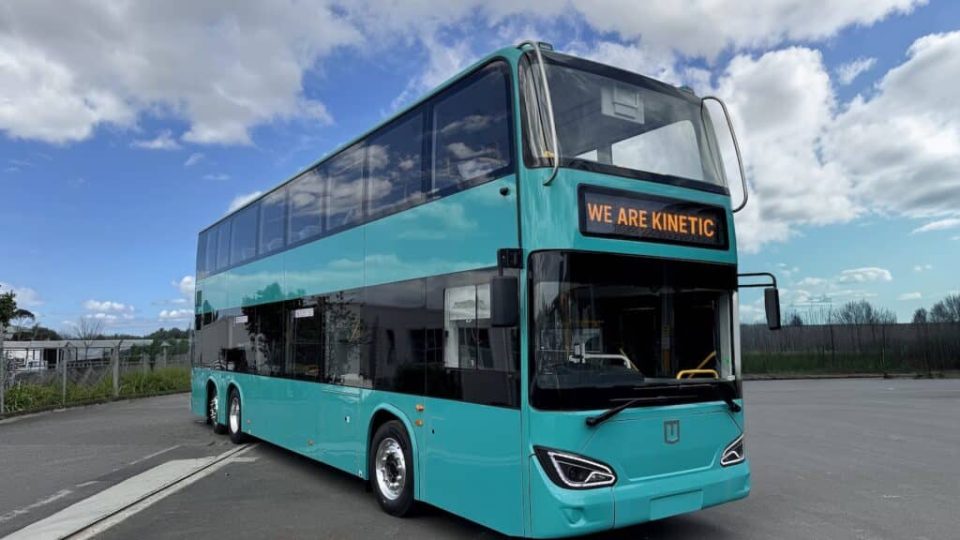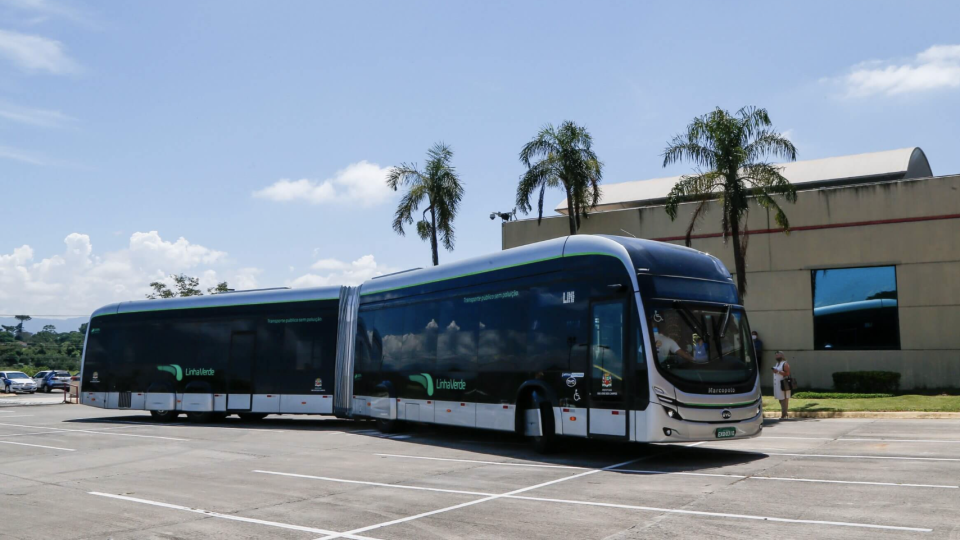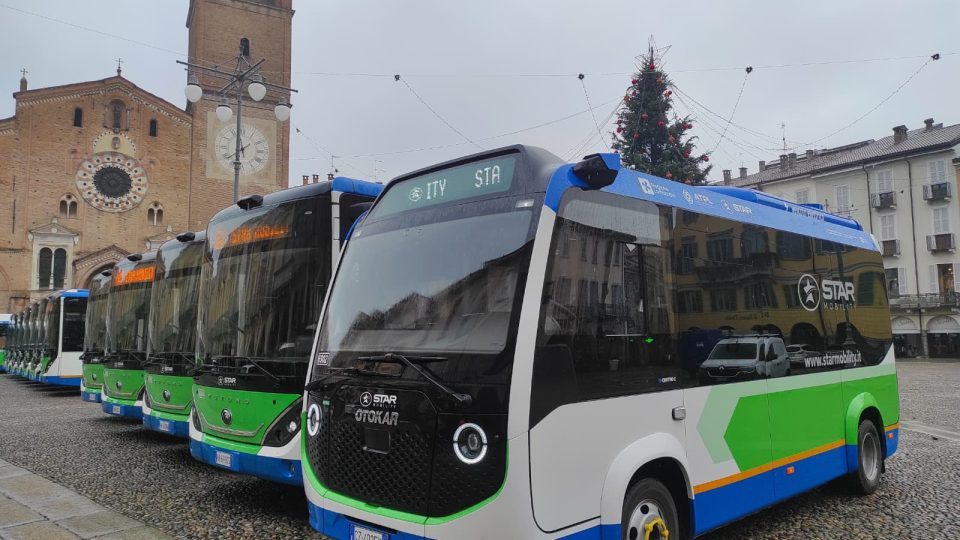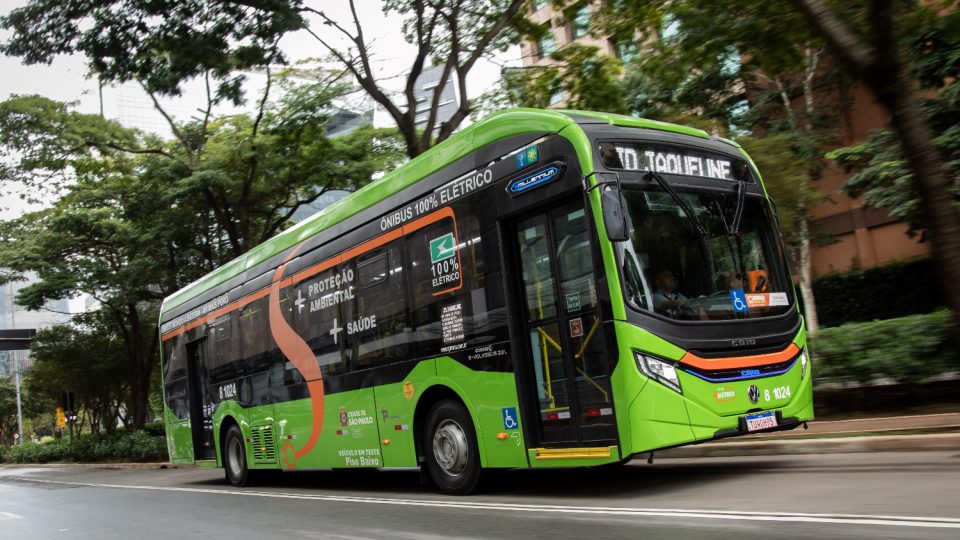India, 120 electric buses will be tendered in Uttar Pradesh
Uttar Pradesh State Road Transport Corporation (UPSRTC) is set to deploy a new fleet of 120 new electric buses, as reported on Hindustan Times quoting a government spokesman. He is mentioned as saying: “These buses, to be added in addition to the 100 already sanctioned, will soon hit the roads as the tendering process is […]
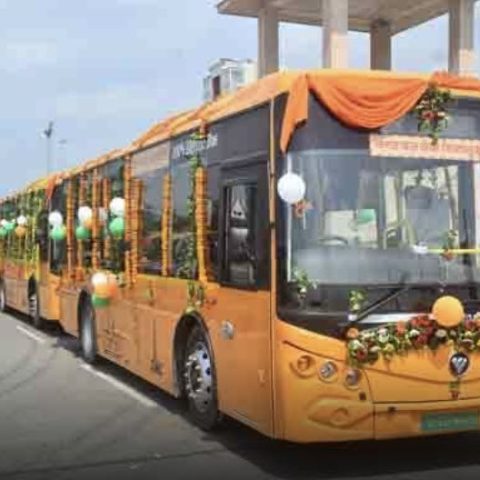
Uttar Pradesh State Road Transport Corporation (UPSRTC) is set to deploy a new fleet of 120 new electric buses, as reported on Hindustan Times quoting a government spokesman. He is mentioned as saying: “These buses, to be added in addition to the 100 already sanctioned, will soon hit the roads as the tendering process is expected to begin shortly”.
Also in India, in early October, the Telangana State Road Transport Corporation (TGSRTC) has launched 35 luxury electric buses by JBM on the Karimnagar-Hyderabad (Jubilee Bus Station) route, around 160km long. A maxi centralized tender for 5,450 e-buses was held in India in 2022.
Uttar Pradesh: 120 electric buses coming
Concerning distribution of the e-buses, “Aligarh and Moradabad will receive 30 buses each, while 20 buses each will be deployed in Lucknow, Ayodhya, and Gorakhpur”.
E-mobility news agency Electrive notes that “Uttar Pradesh acquired 40 electric buses under the first phase of the FAME India Scheme (1 April 2015 – 31 March 2019) and deployed the whole batch in Lucknow. Later, it added 600 units under the second phase of the incentive (1 April 2019 – 31 March 2024). It recently approved 100 more electric buses, and now with the upcoming 120 units, the UPSRTC EV fleet will grow to 860 units”.
The Indian approach to electrification of public transport
The transition to electric buses (e-buses) in India marks a significant shift in public transportation, driven by a strategic approach that addresses both economic and operational challenges. Mahua Acharya, heading the Convergence Energy Services Limited (CESL) at the time of India’s FAME programmes, outlined the different pivotal factors that have facilitated this transformation in a webinar held by BASE Foundation:
- A centralised programme to aggregate demand: Although transport is typically a state matter in India, a national and publicly-owned company, the CESL, took charge of managing the programme at the federal level. During the first phase of the project, CESL aggregated demand from 5 cities, creating a single, large-scale tender. This approach not only leveraged economies of scale but also ensured transparency in the procurement process.
- An as-a-service model: State Transport Corporations (STCs), which are the utilities of publicly managed transport systems, are usually financially stressed, hindering their ability to acquire eBuses despite the fact they typically represent lower operational expenses. Therefore, a shift from traditional ownership models to service contracts was proposed. Under this model, buses are procured and operated by private operators, while the STC collects the fares. In return, the STC pays the operating company a per-kilometer fee. This service-oriented approach shifts the financial burden and operational risks away from the utility, allowing them to focus on providing mobility rather than managing assets.
- A standardised contract: a standardised, long-term (12 years) “infrastructure-like” contract was created with the involvement of 5 cities. Emphasis was placed on standardising parameters, including gender considerations such as mandating a minimum percentage of female drivers, and making key conditions and components bankable. These included, among others, assured kilometres, which is a guaranteed payment for a minimum amount of kilometres in case of low usage, increased volumes and lot sizes, enhanced payment security terms, and the standardisation of charging infrastructure across cities. Defining buses as an ‘essential’ public service is also a key mechanism for the government to use public funds to support or rescue the service in case of problems, and to limit the risk of discontinuation of the service from the private operators.
- A payment security mechanism: To support bus providers’ loans to expand production, a USD 390 million fund was created by the Indian and American governments, mitigating the risk of uncertain returns while carrying this long-term debt.
As a result, a tender for 5,450 e-buses across the five cities was launched, achieving record low prices—27 percent cheaper than diesel bus offers. This demonstrated the benefits of as-a-Service over traditional purchasing models and underscored the importance of the business model. STCs enjoyed savings of approximately USD 22,000 per bus and per year. Following this success, a second tender for 6,465 e-buses was launched. To date, over 8,000 e-buses have been deployed on Indian roads, and 27,000 have been contracted.
Source picture: The Uttar Pradesh Index X page

